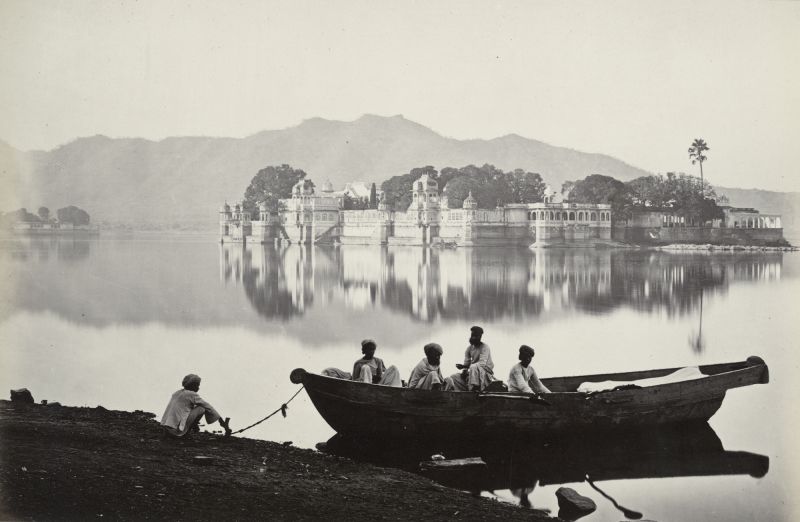The Evolution of Photography in 19th Century India
Exploring Historical Narratives
Photography in 19th century India reveals a complex interplay of colonial power dynamics, cultural traditions, and artistic expression. The lens not only chronicled the physical landscapes but also reflected the socio-political climate of the era.
Moreover, the photographs taken during this period illustrate how India was often viewed by foreign powers—depicting the country through a Eurocentric perspective that emphasized a narrative of decline and intervention.
Key Themes in 19th Century Photography
- Royal Portraits: Images of Maharajas and their families offered a glimpse into the royal heritage and the opulent lifestyle of India’s elite.
- Cultural Representations: Photographs captured everyday life, traditions, and the rich tapestry of Indian society, including the dedication of women known as Devadasis.
- Colonial Documentation: Photographers often portrayed India to align with colonial narratives, suggesting a need for Western intervention and guidance.
Significance of Photographic Artistry
Throughout the 1800s, studio portraits gained popularity among India’s merchant classes, showcasing a desire for social status and identity. Artists like Samuel Bourne contributed significantly to the art of landscape photography, emphasizing the natural beauty and architectural grandeur of India.
Photographs that Made History





Conclusion
In conclusion, the photography of 19th century India serves as a vital historical document. It encapsulates not only artistic endeavors but also the ideological underpinnings of colonialism. Therefore, understanding these photographs provides insight into the social, economic, and cultural conditions of the time, enriching our appreciation of India’s diverse heritage.




